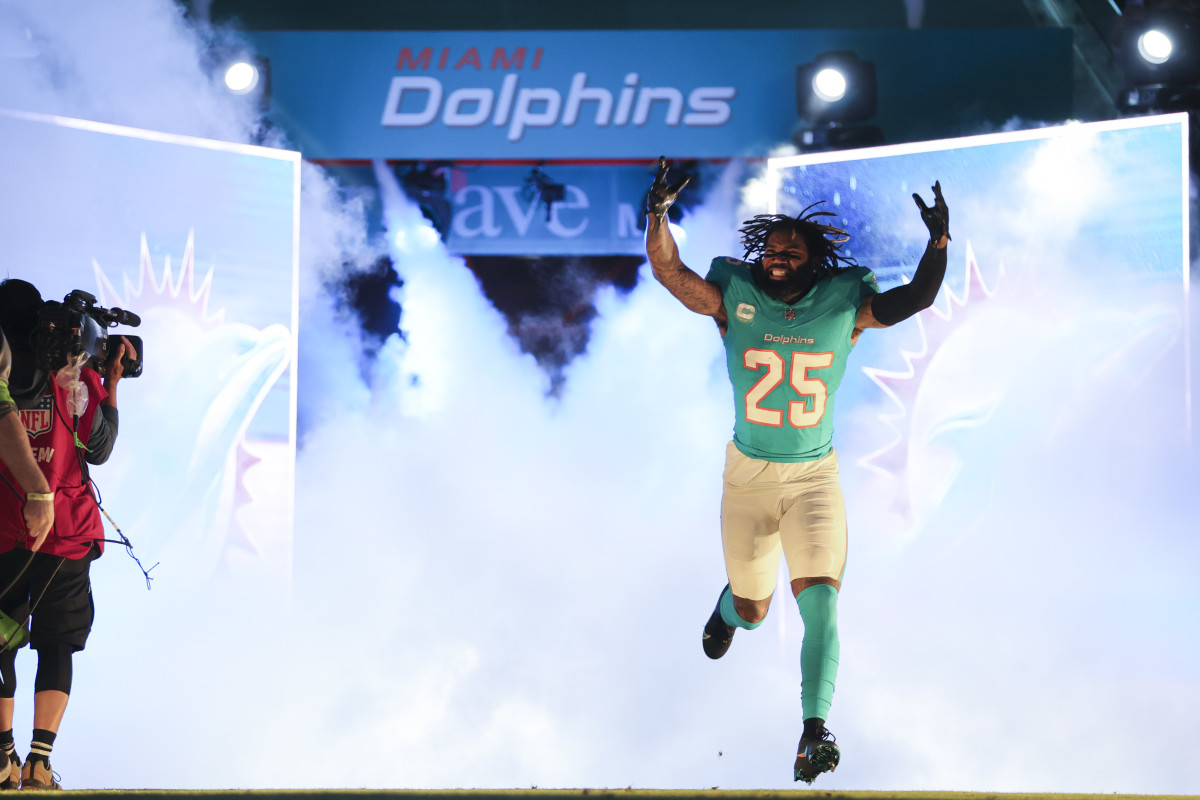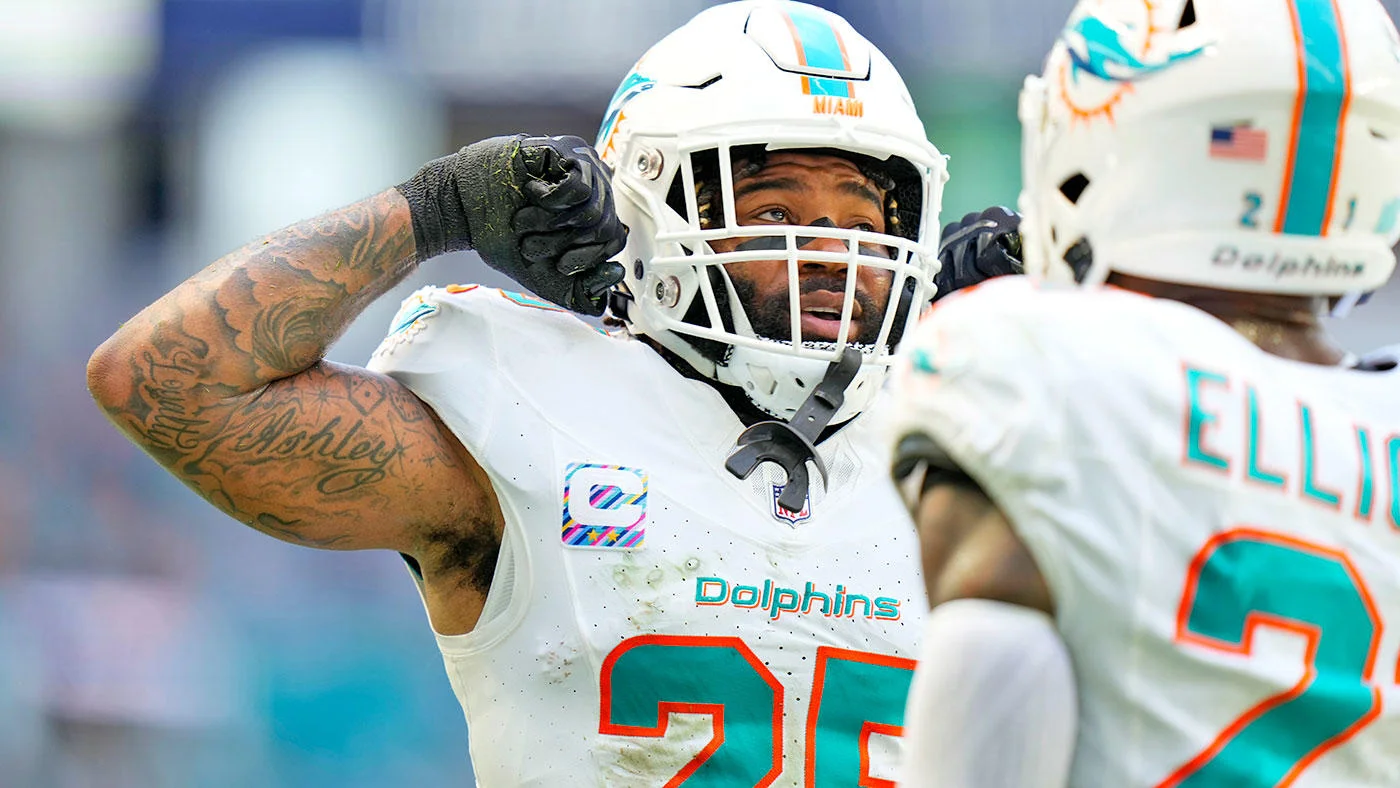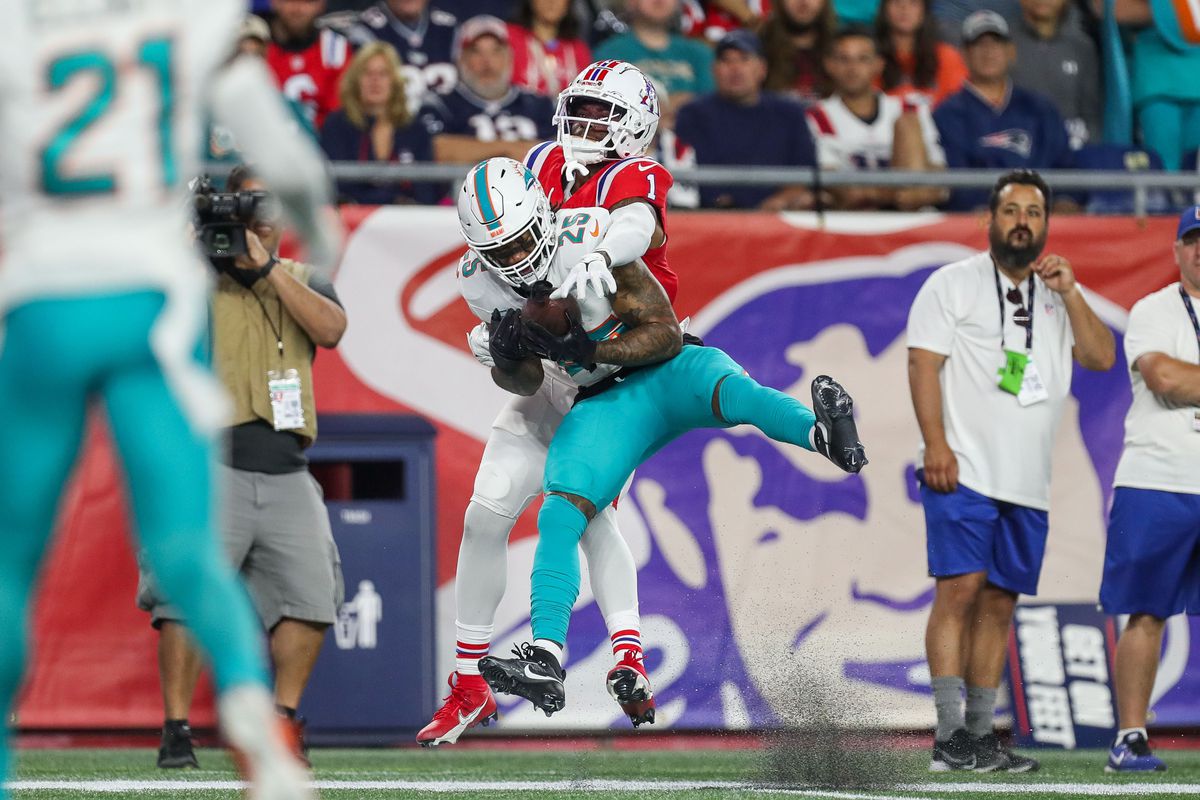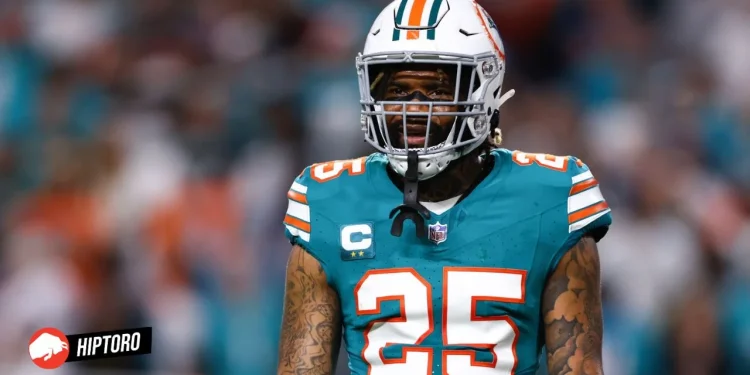In the high-stakes arena of the NFL, where the balance between talent retention and financial acumen can define a team’s legacy, the Miami Dolphins find themselves at a pivotal juncture.
The case of Xavien Howard, a cornerstone of their defense, brings to light the complex interplay of cap space management and strategic team building. As whispers of Howard’s potential departure grow louder, the Dolphins’ off-season strategy underscores the harsh realities of the NFL’s business side.

Xavien Howard: A Storied Career in Limbo
Xavien Howard, having donned the Dolphins’ colors for eight seasons, emerged as one of the league’s premier cornerbacks. His journey from a promising draft pick to a defensive stalwart is a testament to his skill, determination, and impact on the field.
Yet, the harsh spotlight of the NFL’s fiscal dynamics shines unforgivingly upon Howard’s $18 million price tag, a figure that now seems incongruent with Miami’s financial blueprints for the future.
The introduction of a new Defensive Coordinator, Anthony Weaver, signals a shift in Miami’s defensive strategy—a shift that seemingly sidelines Howard.
Amidst these changes, Howard’s professionalism shines through; his openness to a new chapter elsewhere acknowledges the NFL’s business nature. Yet, the potential savings of $18.5 million in cap space post-June 1, should Howard be released, juxtaposes his on-field value against the team’s fiscal constraints.

The Ripple Effects of Cap Space Realities
Miami’s salary cap scenario is akin to navigating a minefield. With 26 players eyeing free agency in 2024 and an urgent need to free up funds, the Dolphins’ cap situation is one of the league’s most precarious.
The spotlight isn’t just on Howard but extends to other potential roster adjustments and the daunting task of filling key positions without exacerbating the cap space dilemma.
The Dolphins’ secondary, potentially sans Xavien Howard, faces a rebuild, with names like Kader Kohou, Cam Smith, and Ethan Bonner carrying the mantle.
The pursuit of affordable talent in free agency or the draft underscores the team’s need for financial agility. Prospects such as Eli Apple in free agency or emerging talents like Kamari Lassiter and T.J. Tampa in the draft highlight the Dolphins’ strategic recalibration.
Xavien Howard & Derek Stingley anyone? pic.twitter.com/PSYayDPwOc
— big ounce (Texans script writer) (@_bigounce) February 23, 2024
Navigating Financial Straits
The broader narrative of Miami’s offseason strategy paints a picture of a team at a crossroads. The immediate challenge of alleviating a nearly $50 million cap space deficit looms large, with the specter of dead money and high-stake contracts adding layers of complexity. The potential releases of Emmanuel Ogbah and Jerome Baker, among others, reflect the tough decisions on the horizon, balancing the quest for a competitive edge with fiscal sustainability.
The Dolphins’ cap space quandary is a microcosm of the NFL’s broader narrative—elite talent comes at a premium, and financial ingenuity is paramount. With key figures like Tyreek Hill and Tua Tagovailoa approaching extension talks, Miami’s window of opportunity is both narrow and fleeting.

Looking Ahead: A Path Forward with Xavien Howard
As the Dolphins chart their course through this financial tightrope, the overarching goal remains clear: to build a team capable of transcending the playoff win drought that has shadowed them since 2000. The dilemma surrounding Xavien Howard’s future with the team is but a chapter in this ongoing saga of aspiration, strategy, and financial maneuvering.
Miami’s journey underscores the delicate balance between assembling a team of high-caliber talent and managing the cap space effectively—a balance that will define their trajectory in the seasons to come. As the Dolphins navigate this challenging landscape, the decisions made today will resonate far beyond the 2024 season, shaping the team’s identity and its pursuit of NFL glory.

Source: The Sports Rush









